Musical clocks
Clocks with a mechanical mechanism for playing music have been around for centuries. In the Middle East and the Far East, clocks combined with automata and acoustic effects were already being produced before the year 1300.
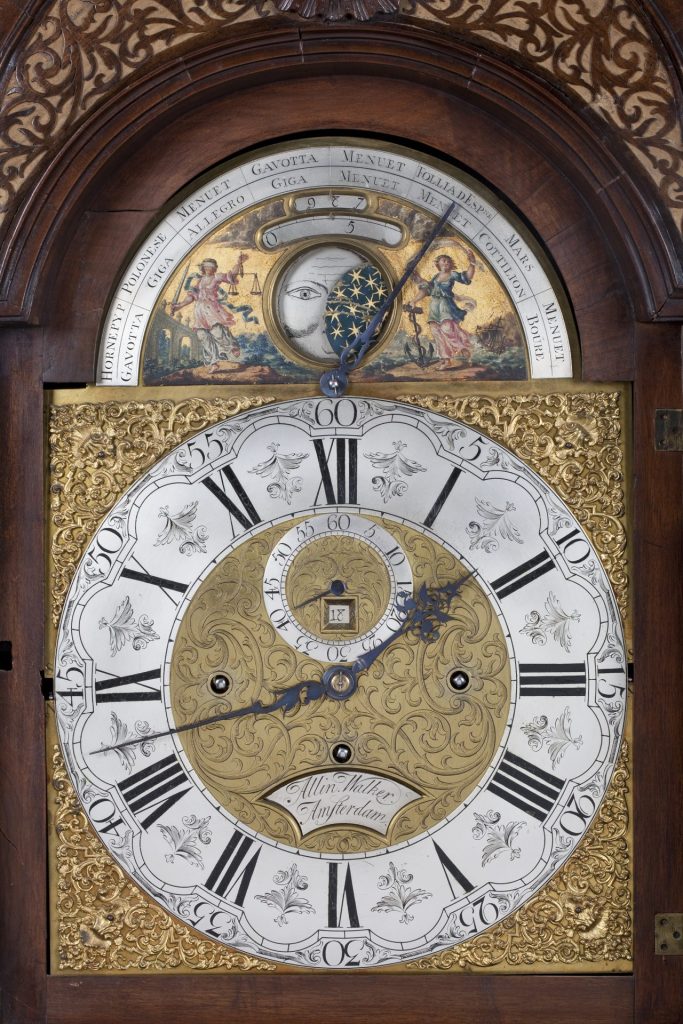

However, most of our collection comes from the Low Countries. Tower clocks with carillons – also called ‘singing towers’ – were created here in the 14th century. These singing towers helped people tell the time before the watch was invented: after playing a melody, a so-called hour chime sounded. The earliest clocks with mechanisms from the West – in a domestic format – date back to the late 15th century. These were miniature versions of the tower clock with carillon. The music was played using bells and you could often pin the cylinders of these clocks yourself.
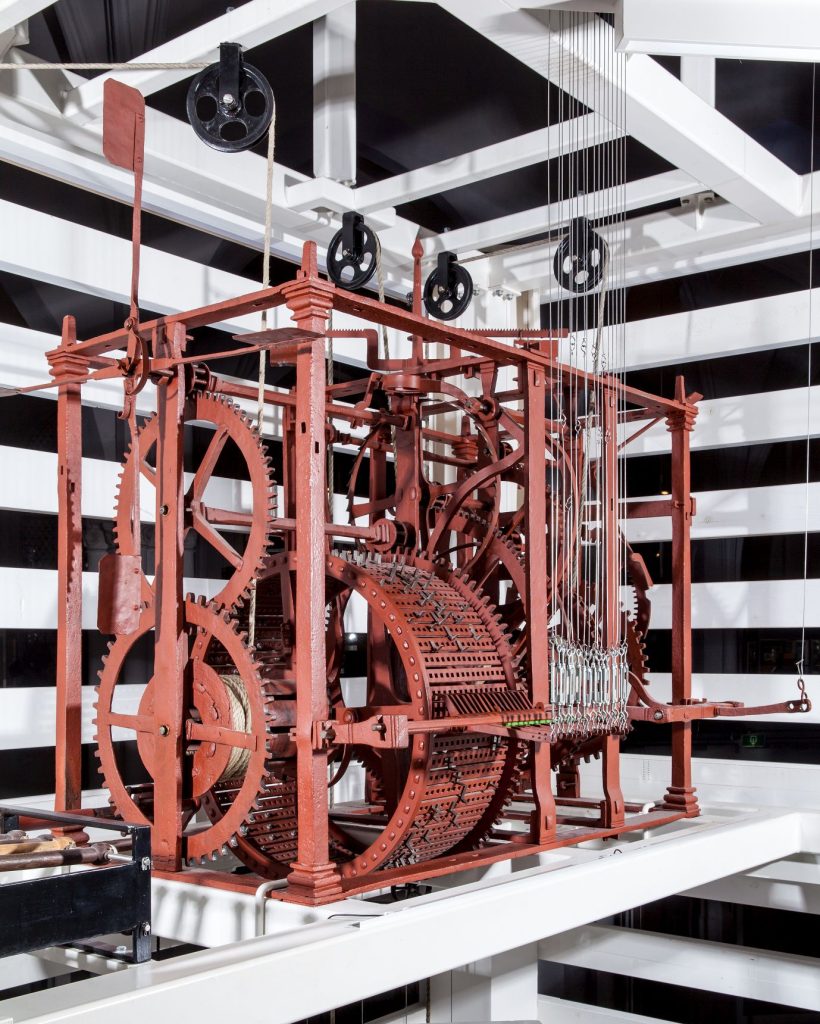
Clocks with bell-playing mechanisms
There are many clocks in our collection where the music is played using a series of tuned bells. There are examples from the 17th and 18th century that were made in England, the Netherlands and Switzerland. Especially in the 18th century, these clocks were extremely popular among the wealthy bourgeoisie as they were not cheap. The melodies programmed on these clocks were often also familiar, having popular folk lyrics.
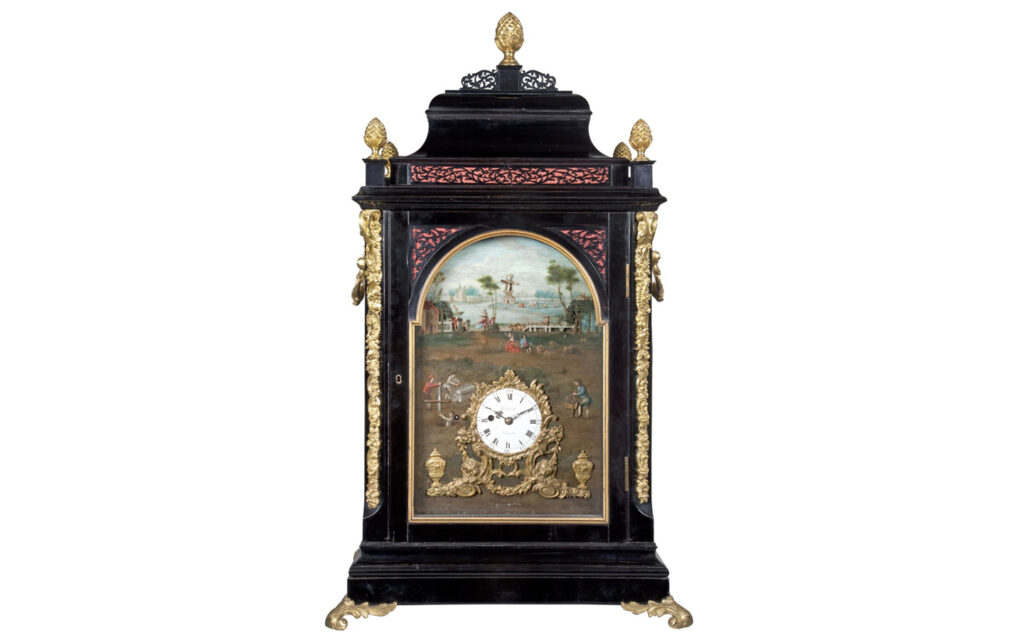
Organ clocks
Musical clocks where the music is played on a series of organ pipes are called organ clocks. These were even more expensive and exclusive than bell-playing clocks. These clocks were often found in the courts of monarchs and the homes of the very rich. The earliest surviving organ clocks date back to the 16th century and were made in Europe.
In the 18th century, these clocks experienced a musical peak. Clockmaker Charles Clay programmed his organ clocks for the English king with melodies by Handel, for example. Organ clocks were even made programmed with music specially composed by Haydn and Mozart.
In the 18th century, a great deal of attention was also paid to the appearance of organ clocks. On the face of a clock by Cornelis Engeringh of Dordrecht, for example, is a painting of four men building a coffin. The symbolism behind this is that a clock represents the passage of time and the transience of life.
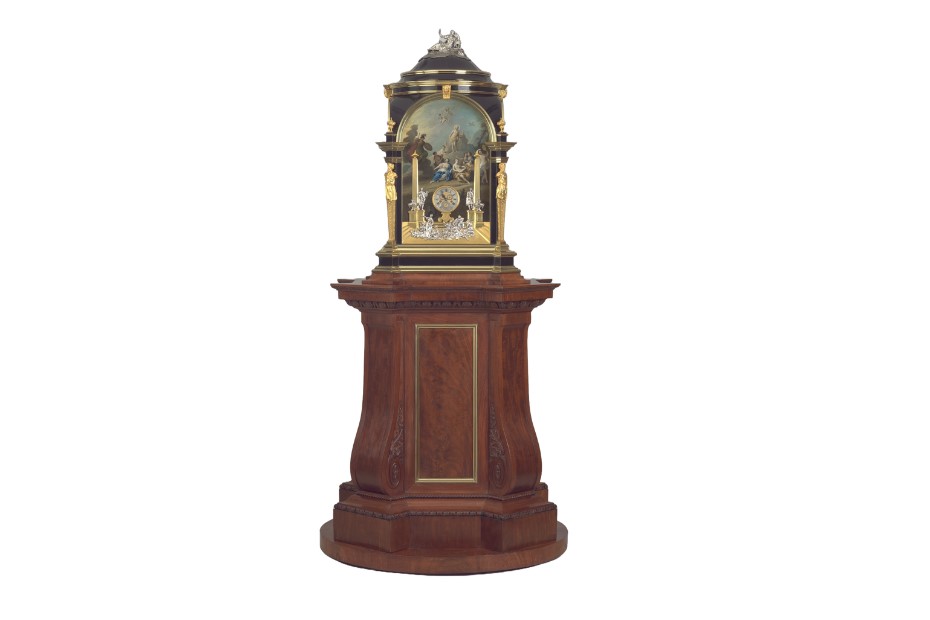
Dulcimer clocks
Dulcimer clocks are clocks where the melodies are played on strings. They are relatively rare. This could very well be due to their fragility since even the slightest change in temperature can cause the strings to sound out of tune. The museum’s collection includes a dulcimer clock made by the German Jacob Ottsen in circa 1770. This dulcimer clock plays a collection of pieces including music by Bach.
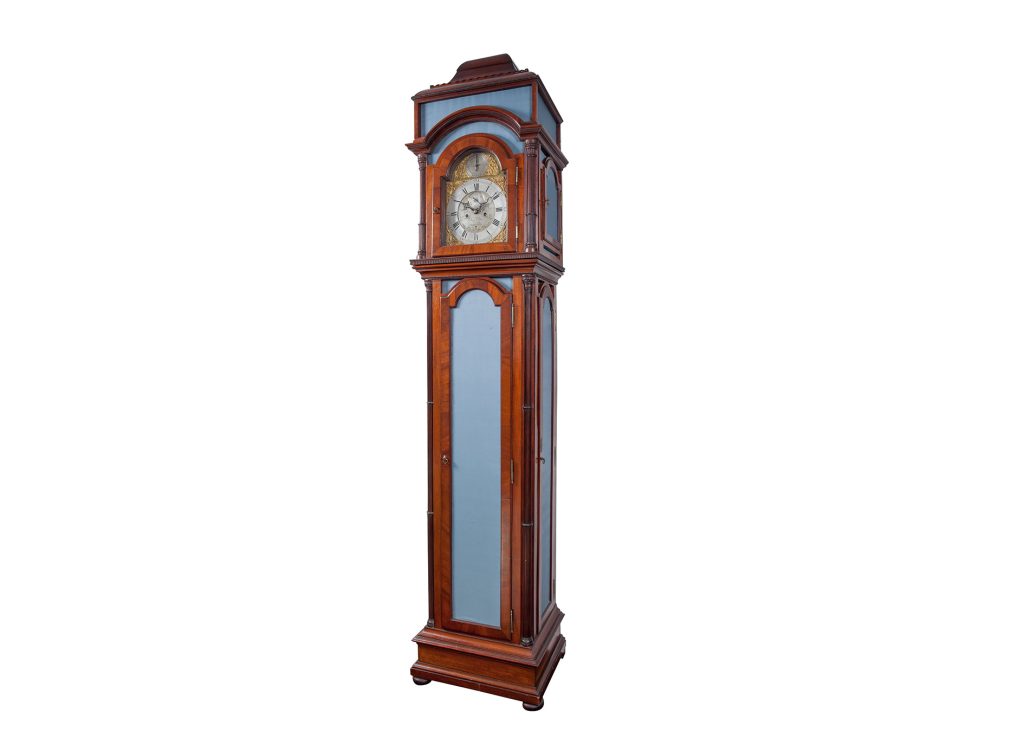
At the end of the 18th century, the musical toothed comb was invented which made it possible to fit a lot more notes into a limited space. Musical toothed combs were used throughout the 19th century as a sound source in musical clocks. The music programmes were created on cylinders or perforated discs or books. Small timepieces were also fitted with musical toothed combs.
In addition to all these forms, composite musical clocks, i.e. musical clocks with different sound sources, also appeared. These were expensive and rare instruments. Roentgen & Kinzing made wonderful organ and dulcimer clocks for clients including Marie Antoinette, Catherine the Great and Frederick ll which played music by Gluck.